I hiked the Inca Trail, and these gadgets kept me safe and sane
This is the hiking gear that kept me safe in Peru

We haven’t even made it past our second day of hiking yet, and already my Apple Watch Series 6 is on its last breath. My AirPods Pro are also suffering a similar fate, having popped out of my sleeping bag the night prior, enduring freezing mountain temps in the middle of a Peruvian winter without so much as a cozy on.
So, here I am, barely halfway through our three-day journey on foot on the arduous Inca Trail in Peru (people tell you it’s easy, and it is… until you, a four-foot-eleven sea-level folk, are faced with more than a hundred tall steps, many of which are practically half your height, and a long, steady climb above 13,000 feet), and my favorite devices are already abandoning ship.
Good thing I had the presence of mind to leave my high-capacity power bank back at the hotel for the sake of traveling light.
Thankfully, the saga doesn’t end with me crumpled on the side of the mountain, dying, having given up because I didn’t have my devices to keep me going—though, embarrassingly, tears are shed as I wobble my way up 10,000 feet, my brain woozy, my lungs already struggling. I might have heard someone cry out, “Leave me and save yourself!” but I can’t be sure if that came out of my mouth or some other poor unfortunate soul’s. Altitude sickness has set in.
The highest I’ve ever hiked up a mountain was at 9,300-something feet to the Cathedral Lakes in Yosemite, so motivation music is definitely a necessity here. However, it isn’t a good sign that my Apple devices are about to go into a deep coma.
Luckily, I decided back at the hotel that while I didn’t want the weight of a massive power brick dragging me down, I could still afford to bring backup devices (both of which were considerably lighter). They are turning out to be massive lifesavers, perhaps in the truest sense of the word because I gotta tell you, I think that might have been me who earlier yelled, “just leave me here to die.” (Seems to be my MO, as I remember dramatically wailing in a similar fashion whilst hiking with a friend in the Mojave Desert in 100F weather a few summers back.)
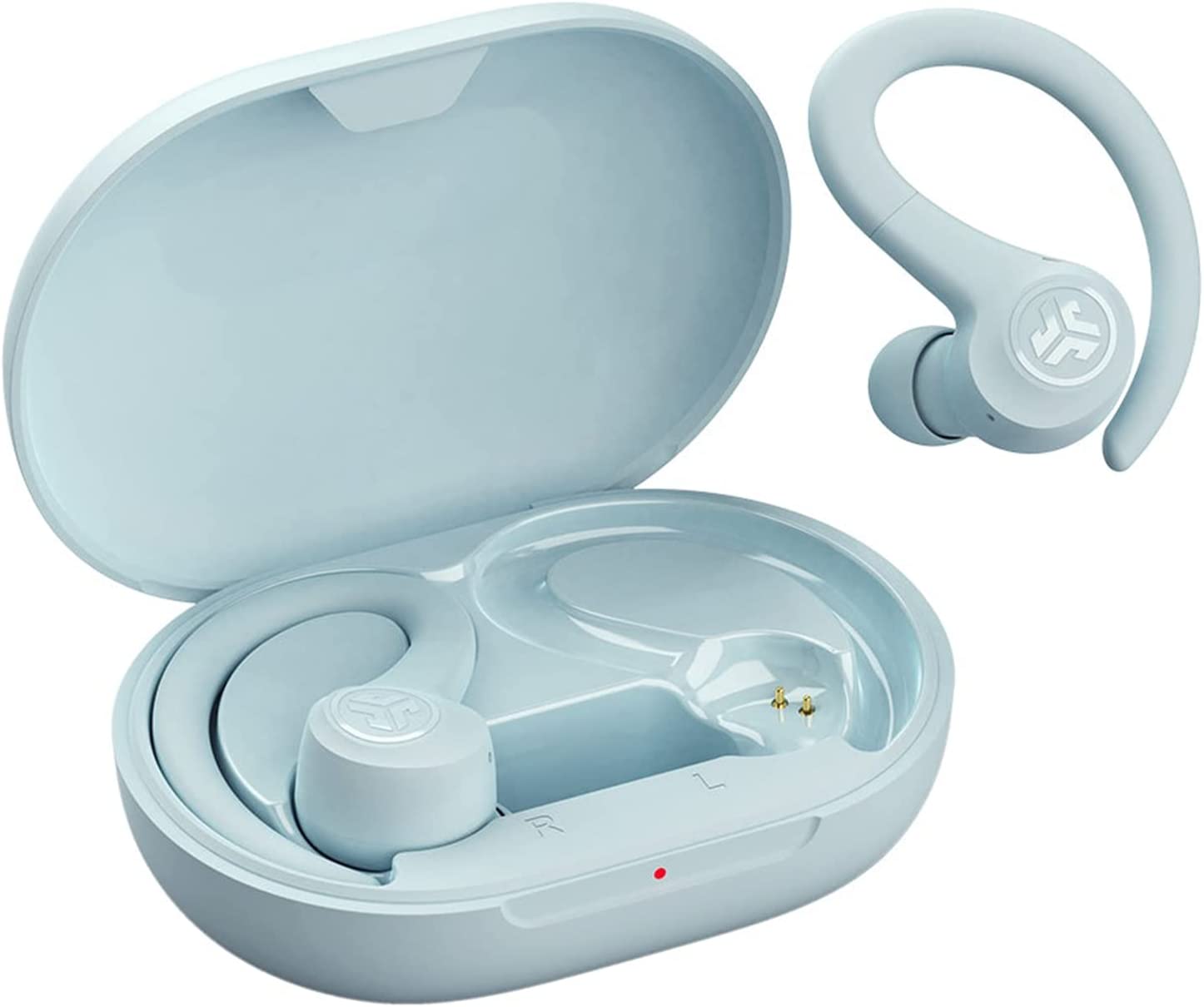
These cheap hooked earbuds might be the best workout headphones for people on a budget on the market right now, boasting great sound and great fit, as well as volume control, for less.
Pros
- Secure, comfortable fit
- Great sound quality
- Impressive battery life
- Volume control
Cons
- No ANC
- Mic is its weak link
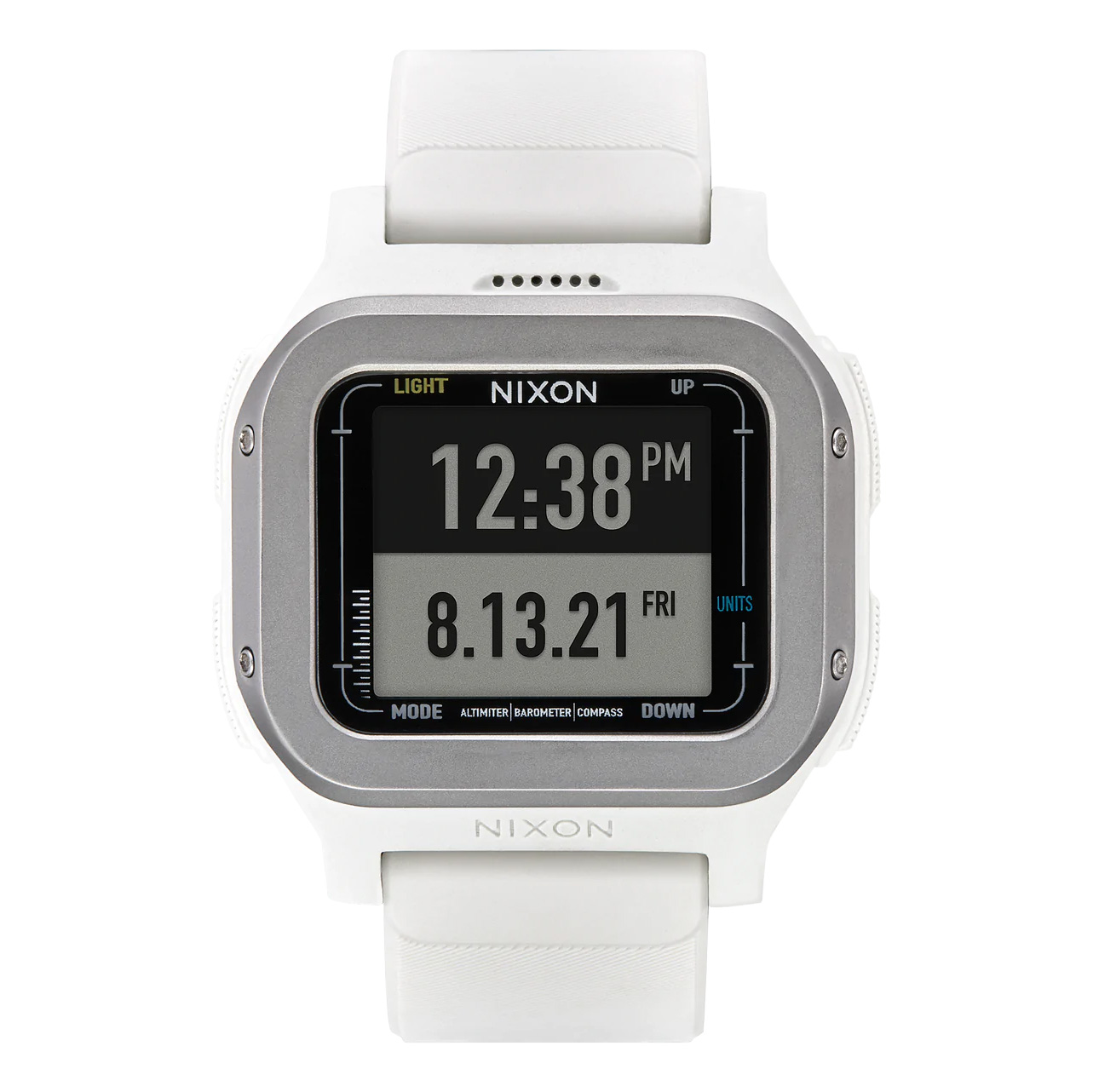
This adventure watch is a better companion for your wilderness backpacking treks and camping trips, touting features even the top smartwatches cannot offer for less than their price as well.
Pros
- Accurate altimeter
- Has barometer and thermometer
- Off-grid use
Cons
- Steep learning curve
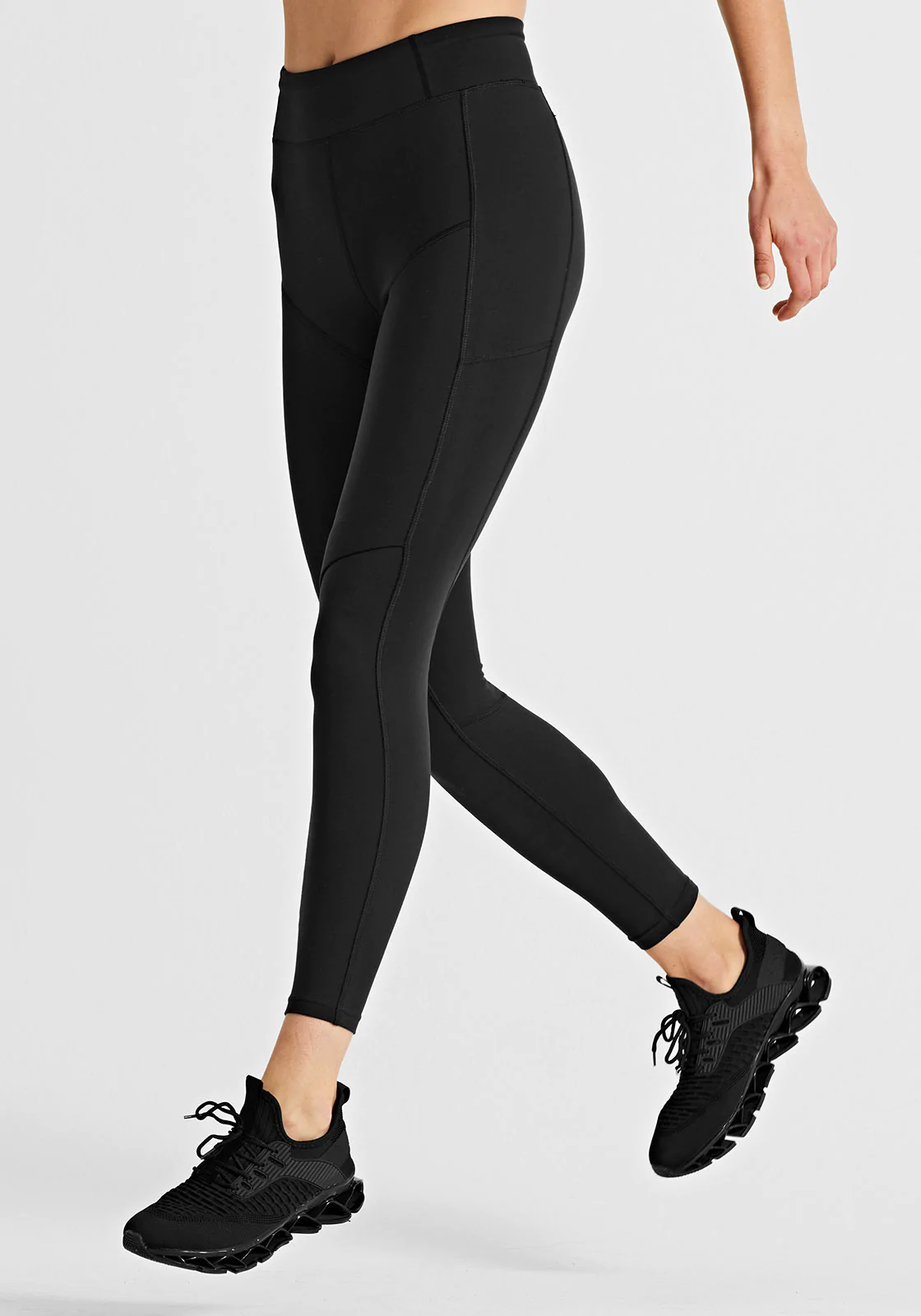
These legging are made for treks with their targeted insulation that provides heating where you need it most and keeps everything else thin and lightweight. No more layering on cooler nights.
Pros
- Solarcore insulation works
- Surprisingly thin
- Water repellant
- Wind-proofing
Cons
- Expensive for leggings
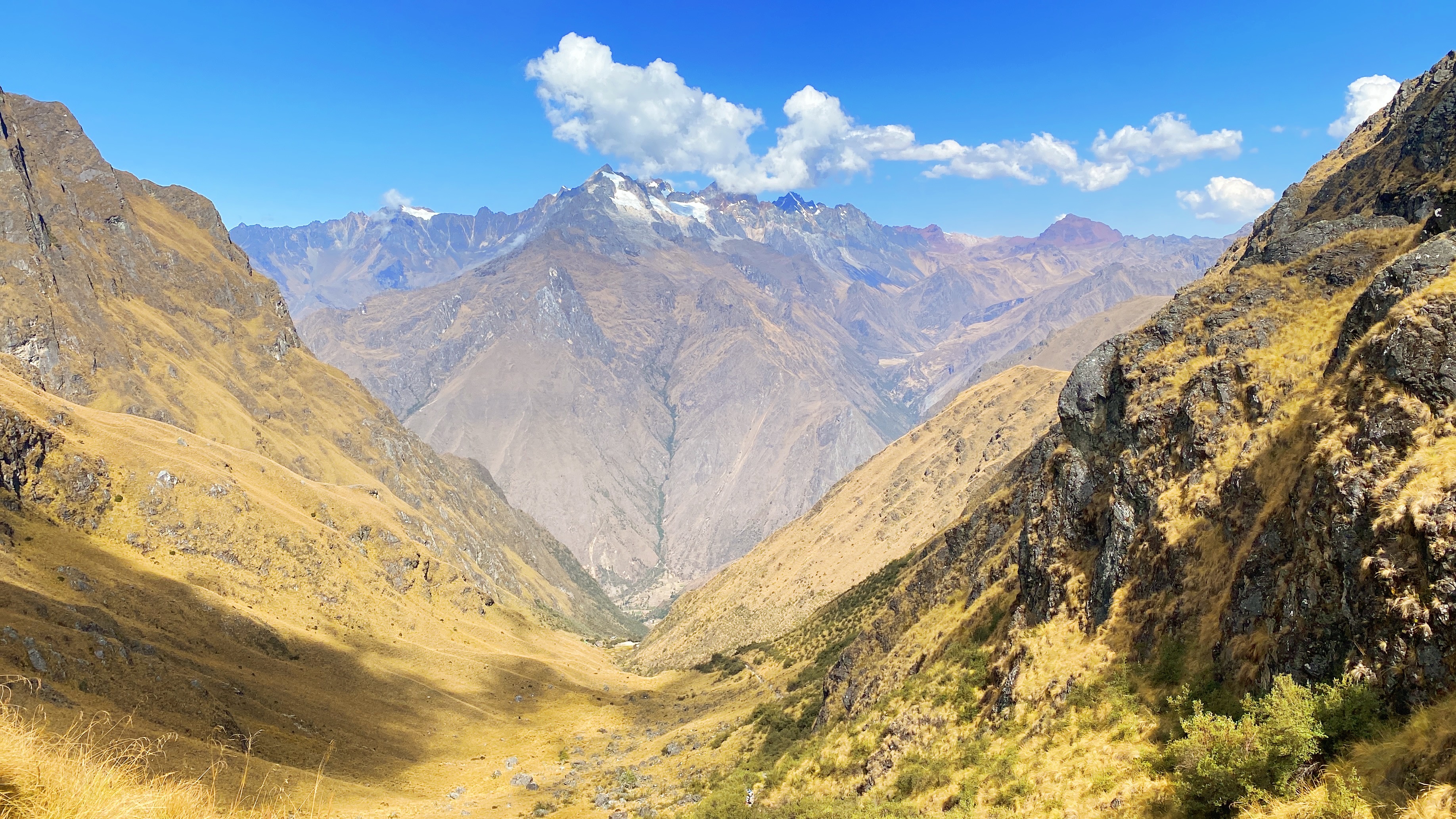
Sometimes, budget is the way to go
My face doesn’t stay crestfallen for long, as I remember that I still have my handy-dandy, ever-reliable Jlab Go Air Sport in all its neon-green glory (though Jlab officially calls the shade “yellow”) in my Cotopaxi knapsack. Yes! I can still listen to Kate Bush while I’m running up that hill and Twin Shadow as I make my way to the top (I’ve got eclectic musical taste, and I can pun).
Sign up for breaking news, reviews, opinion, top tech deals, and more.
Since testing and reviewing these cheap (and, by cheap, I really do mean cheap) workout headphones a few weeks prior, I’ve become a true believer. And, like any true believer, I’ve preached the Go Air Sport gospel to my friends and anyone else who would listen.

Obviously, a strong case can be made for premium earphones and headphones, especially in terms of sound clarity. But, these budget wireless earbuds are absolutely punching above their weight and then some, delivering great quality audio, great comfort, and best of all, physical volume controls that my first-generation AirPod Pros are sorely lacking.
The JLab buds give me eight glorious hours of listening time per earbud and up to 32 hours with the case. More than enough to see me through this whole hike, which required all the uplifting anthems I could throw at it.
This hike is going to be easy-peasy, I said. I’ve rappelled down a cliff in harsh Bedouin territory in Israel and climbed the 1,475-foot Lord of the Rungs waterfall climb in New Zealand, I said. Turns out I was wrong, it wasn't easy, and those tunes helped me keep on planting one foot in front of the other.
A technical watch for a somewhat technical trek
My biggest beef with even the best Apple Watch is its short battery life. Apart from the adventure-orientated Apple Watch Ultra, most conventional Apple Watches have a battery life of just 18 hours in smartwatch mode. The Ultra is a little better at 36 hours, but even this is impractical for long, multi-day hikes and wilderness holidays. Honestly, if my Fitbit Sense were a little more comfortable to wear and allowed music downloads on Spotify, I would have brought it instead as its battery life would have served me better.
Not that either would do me that much good up here in off-grid territory anyway. Although rumors of 4G or 5G being accessible at certain spots along the trail turned out to be true, the signal you get is spotty at best... if you even manage to find it. I'm sorry, but I've just been trekking up antiquated cobbled staircases that have seen better days, and I refuse to spend my precious break trying to hunt down a signal that's barely powerful enough for a text.
Wireless devices and smartwatches are, therefore, only really half-useful up in the Andes mountains. And, my Apple Watch Series 6's altimeter wasn't as accurate as I'd hoped, as it showed the incorrect altitude on some of the towns and rest stops.
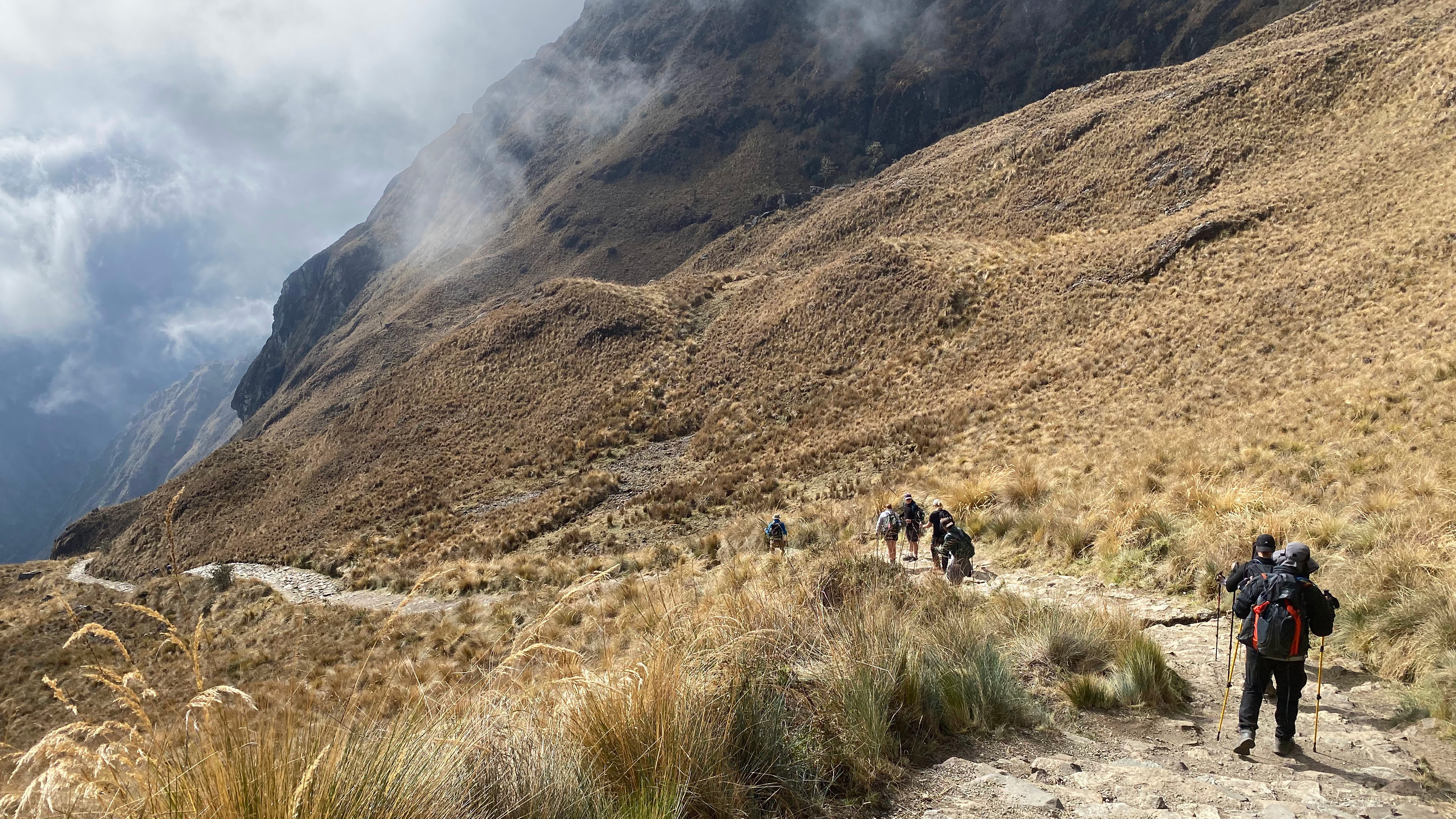
It's a good thing that someone, upon hearing that I had this wilderness backpacking trip planned, offered to let me take the Nixon Regulus Expedition watch for a spin (or rather, a trek), as it proved to be a lifesaver. Not that I'm in any sort of danger, as this ancient trail is well-established being one of the most popular multi-day hikes in the world, but I'm still grateful for it, especially as my Apple Watch flashes its "battery at 10%" warning.
This adventure-type watch delivers more accurate altitude readings – even when I was still in Cusco and my Apple Watch had the advantage of being able to cheat. It also has some wilderness-handy features that most smartwatches only dream about – like a barometer that can warn you of any drastic changes in atmospheric pressure and oncoming inclement weather, a thermometer, and a rugged design.
Of course, there's also its battery life of about two years, which beats out both my Apple Watch and my Fitbit. I can literally hike the entirety of the Pacific Crest Trail from Mexico to Canada, and I would not be needing to charge a watch.
Tights to keep me warm
Winter nights in the Andes Mountains are drastically colder than winter days. Not just biting, but glacial, bone-chilling, especially when only have a tent over your head (a quick shoutout to The North Face's Cat's Meow sleeping bag. I've had mine for years, and it hasn't failed me once – not even when there's ice on the ground.)

No matter how comfortable Peruvian mountain winters are in the daytime, you're going to need that extra layer of protection at night. The problem is you have to pack more clothes to deal with this, and when you're backpacking up a mountain, it's all about minimalism. I especially detest multiple layers when I'm sleeping, especially when I'm already inside a sleeping bag. I hate them. I have a hard time sleeping in them. And, when I've got six to 10 hours of hiking the next day looming over me, I have to sleep or risk deliriously walking off a cliff.
It's why I appreciate my Oros Delta Tights. They not only fit beautifully, are water repellant, and have wind-proofing, but their targeted 2mm Solarcore insulation at the front thighs allows them to maintain a low and lightweight profile while also effectively keeping their wearers warm, which makes them perfect for treks like this one.
I find that they work better in the daytime — the insulation warms up delightfully when basking in the sunlight and keeps that warmth for a good while after. But, it also manages to keep me warm at night, keeping hypothermia at bay. It’s a good thing too, as the altitude sickness also chased away my appetite. That combined with the fact that I burned considerably more calories than I consumed means that I’m lost some self-padding. At least I’ll be super fit when I come home.

Michelle Rae Uy is the former Computing Reviews and Buying Guides Editor at TechRadar. She's a Los Angeles-based tech, travel and lifestyle writer covering a wide range of topics, from computing to the latest in green commutes to the best hiking trails. She's an ambivert who enjoys communing with nature and traveling for months at a time just as much as watching movies and playing sim games at home. That also means that she has a lot more avenues to explore in terms of understanding how tech can improve the different aspects of our lives.